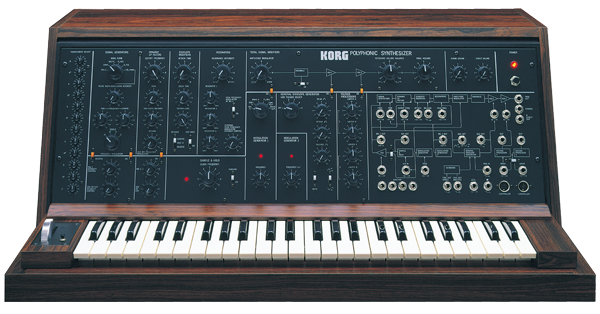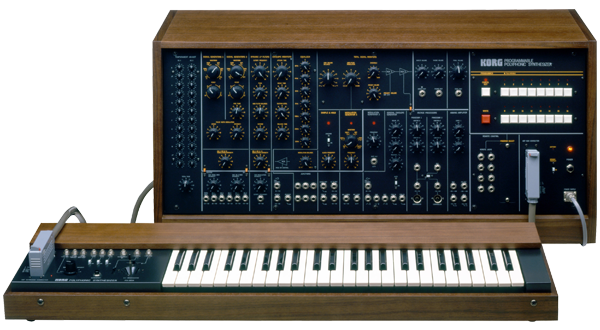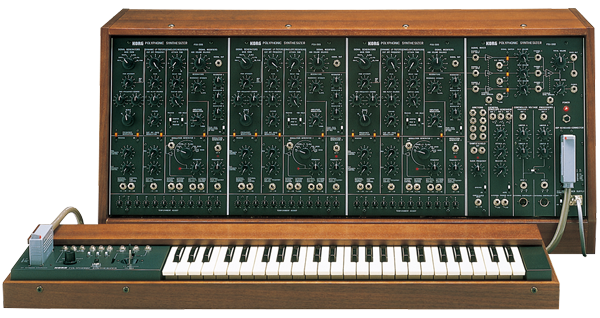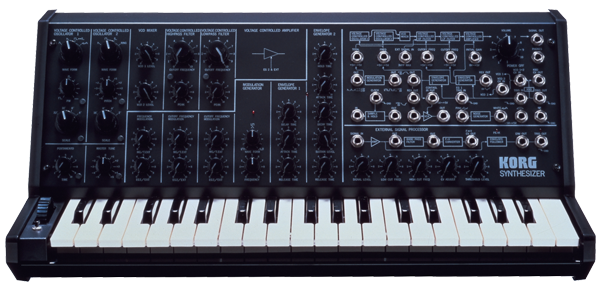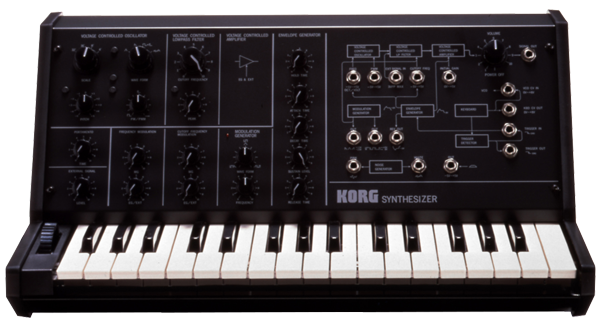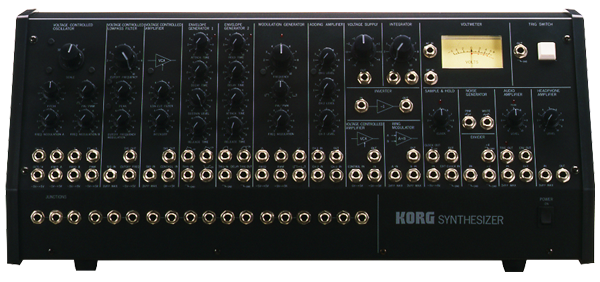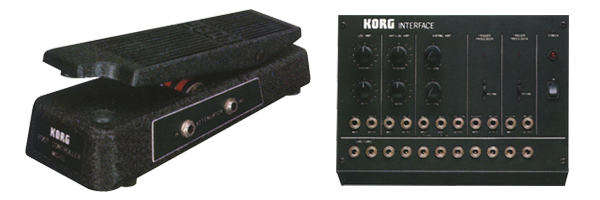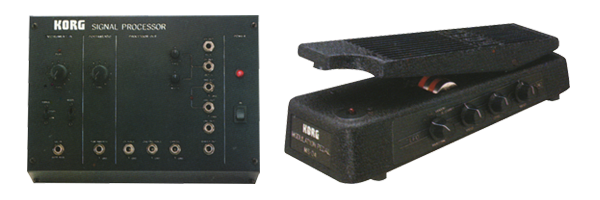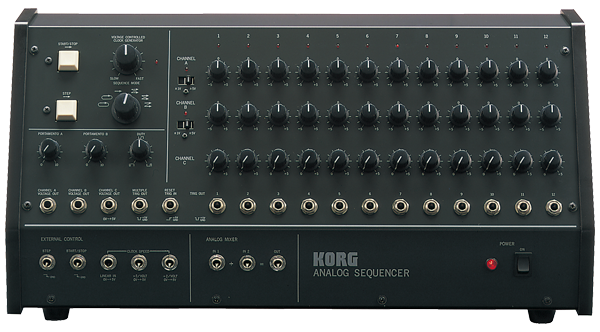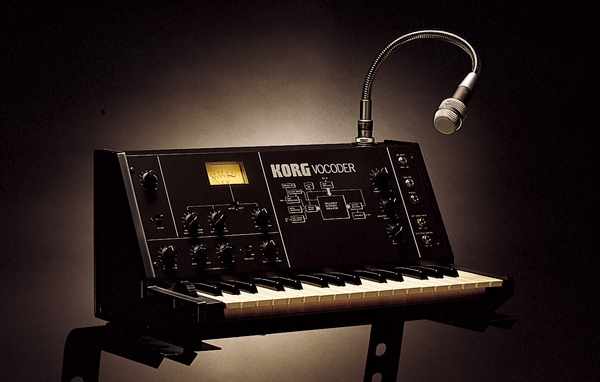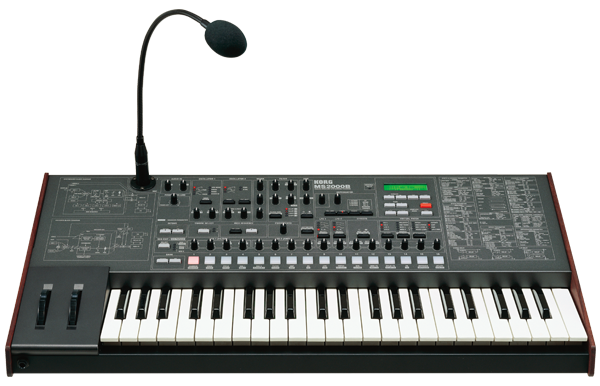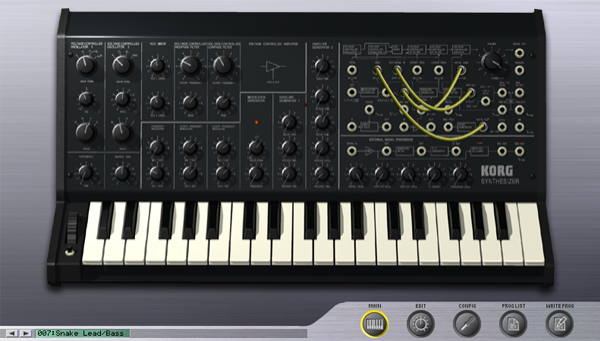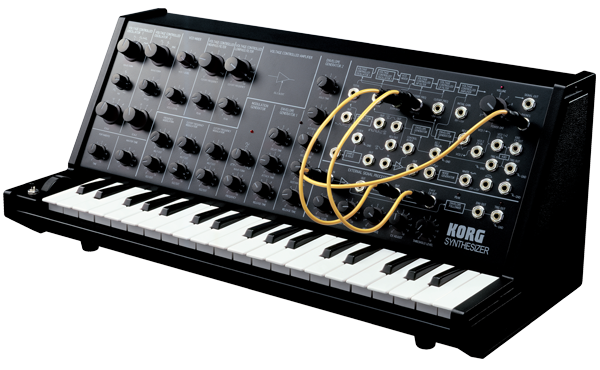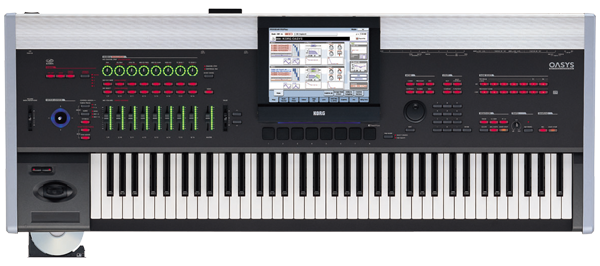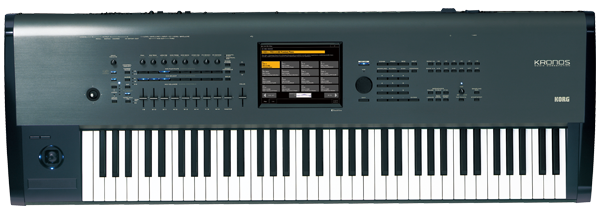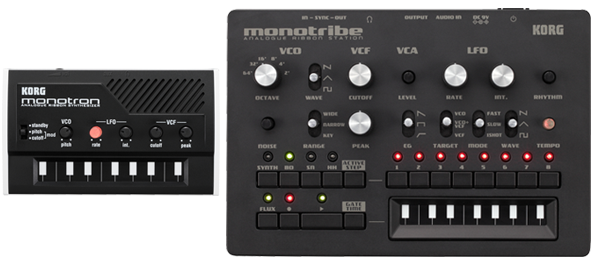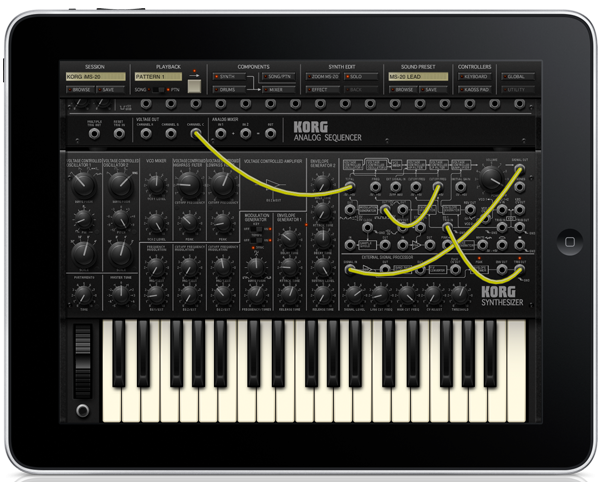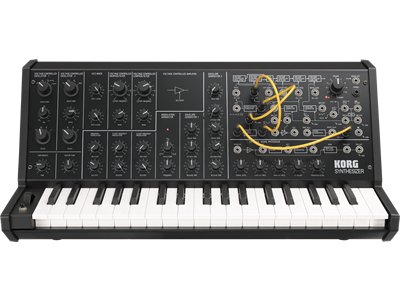The History of the MS-20 Monophonic Synthesizer
The Korg MS-20 was released in 1978 following the concept of “a wall on your desktop.” Although it was a monophonic synthesizer, it was developed with stringent attention to cost management in order to create an instrument that was affordable to as many people as possible, while providing the free patching flexibility of a modular synthesizer. This allowed it to immediately capture the hearts of not only young synthesizer aficionados worldwide, but also those of professional musicians; catapulting the MS-20 into the limelight. In its various forms, the MS-20 has been appreciated by a total of 300,000 people* since its introduction. Now, after 35 years, it has been resurrected intact as the MS-20 mini. In commemoration, we would like to introduce the history of the MS-20 and describe its success, while also taking a look at the MS series and other products.
*Total number of sales for all related products

